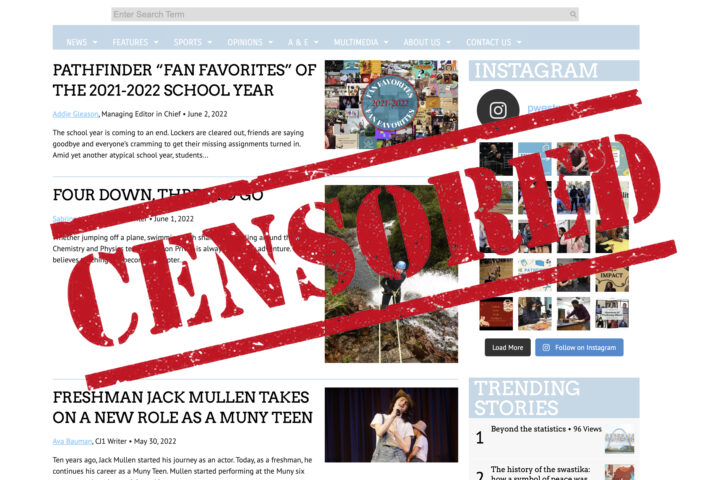Charlie Martin is a print managing editor at The Black & White newspaper at Walt Whitman High School in Bethesda, MD.
This year’s presidential election outcomes will largely rest on Gen Z’s decision. 40.8 million Gen Z members will be eligible to vote by Nov. 5, and 8.3 million of them will be casting their first presidential ballot ever. Given the power that these young voters hold, candidates must understand how to engage Gen Z through their speeches — a task that, if done effectively, can onboard the necessary voters for either party. The respective 2024 Democratic and Republican National Conventions showcased just how both parties can tailor their rhetoric to appeal to Gen Z.

1. Demonstrate Humility
“I am the only person stupid enough to speak after Michelle Obama”
The former president had many bold and uniting claims throughout his speech, but his opening praise toward Michelle Obama illustrates what young voters want to see: humility. Just like any other relationship, people desire someone who isn’t afraid to use their spotlight to uplift others instead of only themselves. Being humble erases the potential hierarchical disconnects between a politician and a voter and allows the latter to see a truly authentic version of the candidate.
2. Recognize Faults in Candidates
“You don’t have to agree with Trump 100% of the time to vote for him. Take it from me, I haven’t always agreed with President Trump.”
Niki Hailey ran directly against Donald Trump in the 2024 Republican primaries. The two openly criticized one another in their campaigns, with Haley calling the former president “unstable” and “unhinged” before the South Carolina primary. Despite past challenges, Haley still voiced her strongest support for Trump at the RNC. Candidates are not perfect, and it’s important to understand that idea before casting a ballot. By recognizing her own disagreements with Trump, Haley laid the foundation for a speech that successfully attracted potentially new, on-the-fence voters.
3. Talk about Issues that Gen Z Cares About
“To love this country is this to fight for its people —all people— working people, everyday Americans like bartenders, and factory workers and fast-food workers who punch a clock all day in some of the toughest jobs out there.”
Young people have reported that opportunities for jobs that pay livable wages are a key issue for them. Furthermore, many Gen Z members want the government to play a more active role in providing economic security. By putting these issues at the forefront of her speech, along with referencing her experience with economic insecurity, Alexandria Ocasio-Cortez captured the appeal of many young voters by validating and fighting for their concerns.
4. Don’t be Afraid of Humor
“Kamala Harris has a record; Donald Trump has a rap sheet.”
Representative Jasmine Crockett infused jokes about the opposing candidate into her speech to captivate the young audience. Similarly to humility, candidates can employ humor to connect and engage voters through a shared laugh. Although some may view comedy as informal in the political space, cracking a well-placed joke brings people together, regardless of backgrounds or party allegiance, and can thoroughly benefit a candidate’s perceived likeability.
5. Speak to All Potential Voters
“If you disagreed with everything I just said, our message to you is this: we will still defend to the death your right to say it because that is who we are as Americans.”
Similarly to Haley, Vivek Ramaswamy also used his speech to push potentially on-the-fence voters to pursue Trump — but he extended his argument to those in direct opposition to the Republican candidate. Ramaswamy’s decision to invite left-leaning individuals to vote for Trump calms the discourse around deeply partisan beliefs that can scare new voters. Those voting for the first time may feel inclined to only support the party that their family or surrounding community favors. By speaking to all potential groups, including those from differing parties, Ramaswamy effectively encouraged new voters to consider casting their ballot for the Republican, even if the people around them don’t align with the party.



